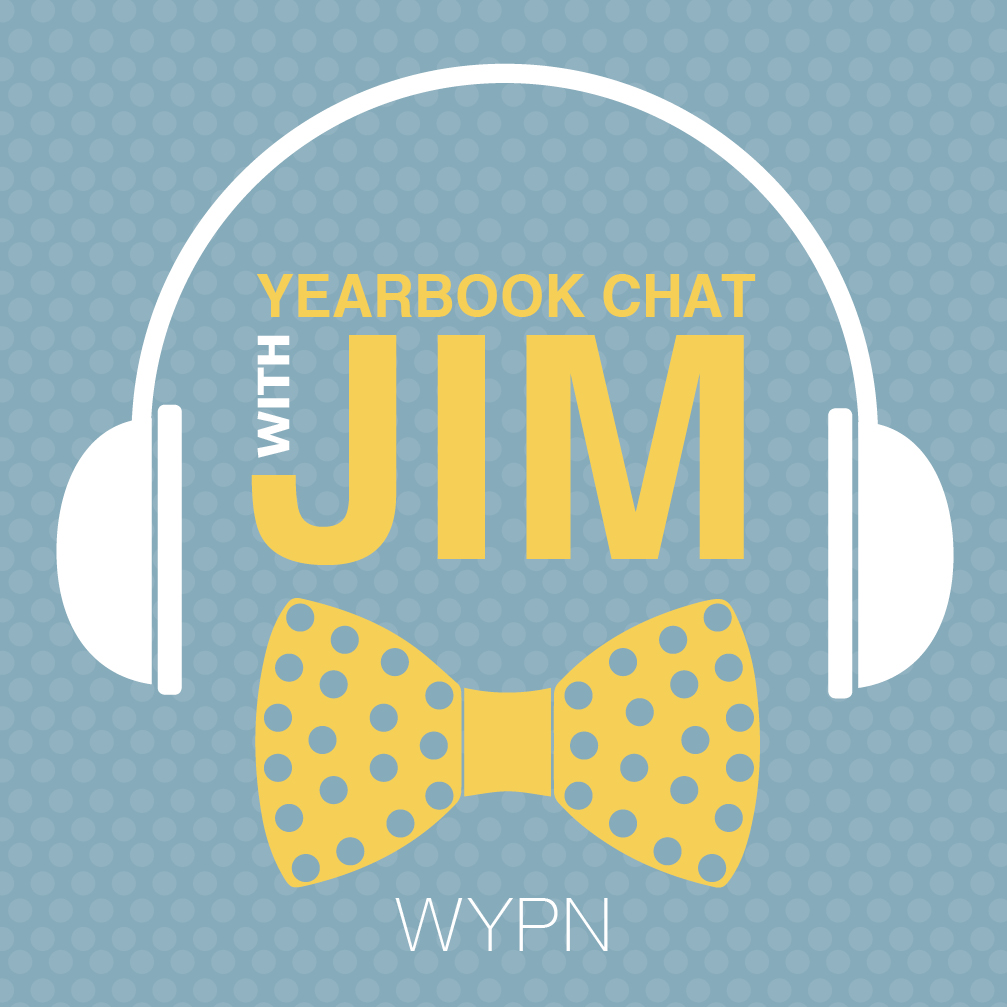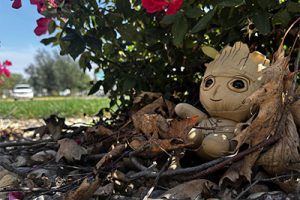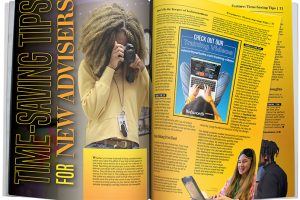
Jim Jordan Chats with Yearbook Legend Bruce Watterson
Every legend has a start, and yearbook legend Bruce Watterson is no different. In the newest episode of Yearbook Chat with Jim, Watterson and host Jim Jordan discuss Watterson’s beginnings in small-town Arkansas, how he came to be a yearbook adviser, the way the industry changed during his time and what he hopes for the future of yearbook.
Early Life
Watterson was raised by his grandparents in Hazen, Arkansas, population 1,300. In high school, he wrote for his school newspaper. Despite being six feet tall, he defied the expectation he’d play basketball.
“I was the classic nerd,” he said.
After high school, at Hendrix College in Conway, Arkansas, Watterson was exposed to what he calls, “some pretty heady reading and writing exercises.” He was on the yearbook staff, but it wasn’t the journalistic kind of yearbook he would later help his students create.
“When I look back at [my college yearbook], and I look at the books that are coming off the presses today, such a difference,” said Watterson. “That college yearbook was the epitome of scrapbook, memory book. It was no heady storytelling, either visual or verbal. It was merely an exercise in putting a bunch of photographs together and not much else.”
He graduated with a degree in art and English.
Post-Graduation
After leaving Hendrix, he went to work at an advertising agency. While there, he was asked to take part in a six-week Head Start program with the Little Rock, Arkansas, public schools. Students had the opportunity to take classes during the summer, but not as a form of punishment. The Head Start program also provided two meals a day – part of the draw for some low-income students.
“The first day we had a conversation and they told their stories, and I was completely enthralled by these kiddos. They had spirit and verve and moxie. And they didn’t come from necessarily a tony background. They represented all strata of income base. It dawned on me that one way we could tell the story of this Head Start program – in a way that our community and our people inside the state of Arkansas could understand its import – was to do something like a journalism project.”
Despite having almost no budget, Watterson trained the students to be journalists, including taking photos, illustration, interviews, reporting and telling stories, and then they created a 12-page book to commemorate their participation in Head Start. The project leader notified state media, and his sixth-, seventh- and eighth-grade students ended up on statewide television.
That’s where the yearbook bug really took hold of Watterson.
Turning to teaching
After seeing Watterson’s Head Start students in the state media, his hometown school board sent a delegation to recruit him back to Hazen. Despite his reservations – he was barely older than some of the students – Watterson took them up on it and became an art and English teacher and yearbook adviser.
When Watterson took over the Hazen yearbook program, they were creating what he calls a scrapbook. Watterson pushed to do more, and his Walsworth rep sent him to the Arkansas Press Association. Watterson began learning more about scholastic journalism and meeting advisers from around the state.
“The real catalyst for me was a guy named Chuck Savage, who came to Arkansas, was a keynote speaker at a keynote convention for high school press,” said Watterson. “He got up on stage, he held up a yearbook, he started talking about what magic it took to produce a good one, what kind of simple techniques could be used to do something with substance and style, and not just execute a scrapbook again. And I was just captivated by him.”
Savage, also known as Colonel Charles Savage, was another legend in the yearbook business. He opened the possibilities for Watterson’s yearbook class. After speaking to Savage, they increased the size of the yearbook and went to work filling those pages with good content and design.
Eventually, Watterson moved to North Little Rock, where he went to work for that school district. He called his first year “grisly,” as he was taking over the journalism program from a longtime, respected teacher. He stayed there for 14 years, then moved to advising a university-level yearbook program in 1988.
First
Watterson and his North Little Rock students hold a special distinction in the yearbook world: they may be the first program to create a yearbook using a personal computer.
Watterson was at a yearbook conference in 1985 when he practically stumbled into a Macintosh demonstration. He immediately realized the significance of the equipment on display, and stopped an order of soon-to-be-obsolete yearbook equipment for his school. Instead, he purchased two Macintosh computers and a laser printer.
“I was just enthralled with the technology,” said Watterson.
The Future
Watterson has had a long career in yearbook, but he isn’t done yet. He’s still impressed by the yearbooks being produced.
“I can’t describe how exciting it is, to open a yearbook in today’s marketplace.”
His advice to students on their yearbook staff: keep your eyes open and be an observer. The substantive stories, pertinent and timely topics, and excellent storytelling in yearbooks today shows that students understand the importance of ethical journalism and a free press.
Listen In
You can listen to this episode of Yearbook Chat with Jim at walsworthyearbooks.com/podcasts or on your preferred podcast listening platform, including Apple Podcasts, Spotify and Stitcher. Please send any comments or questions to podcasts@walsworth.com.



